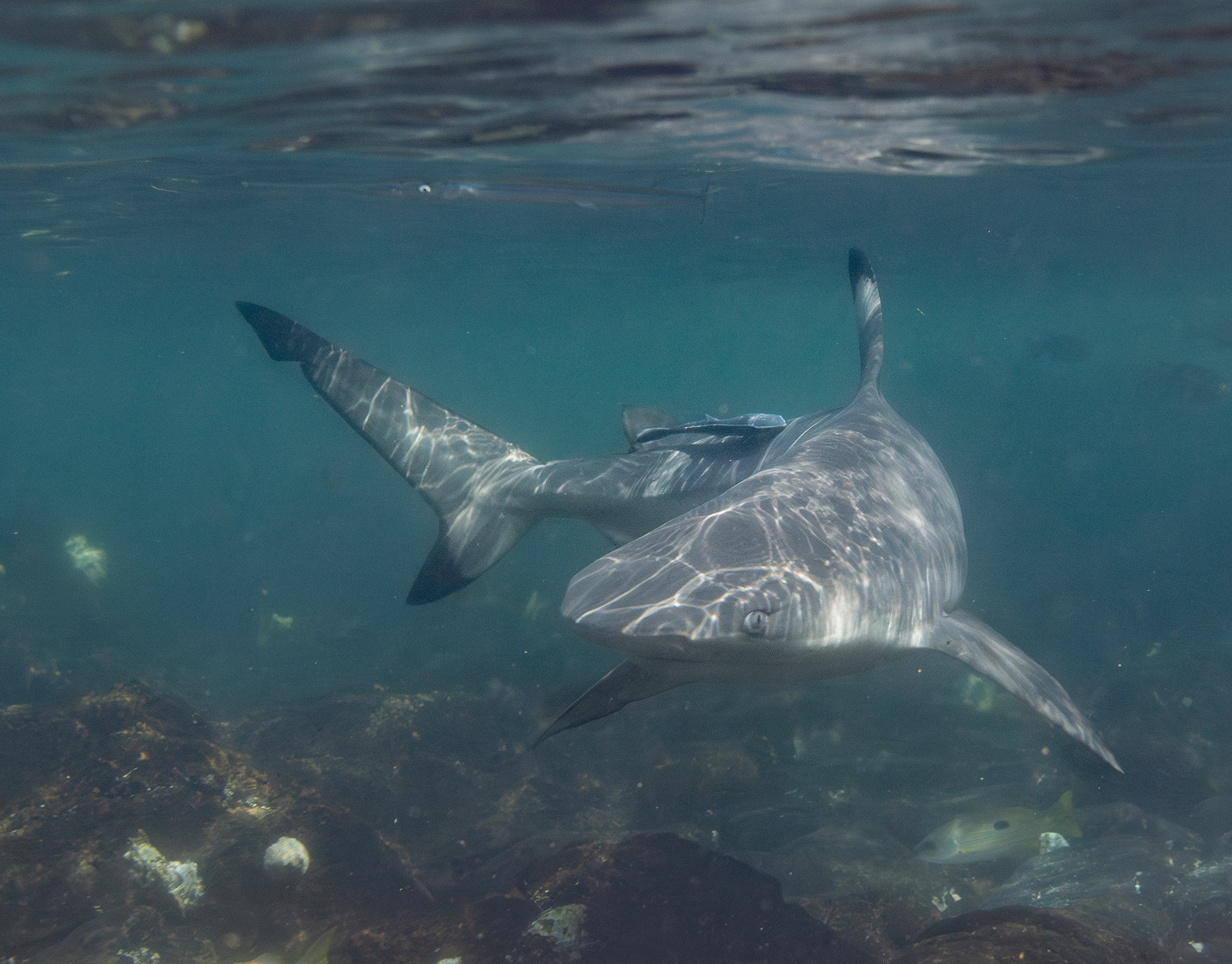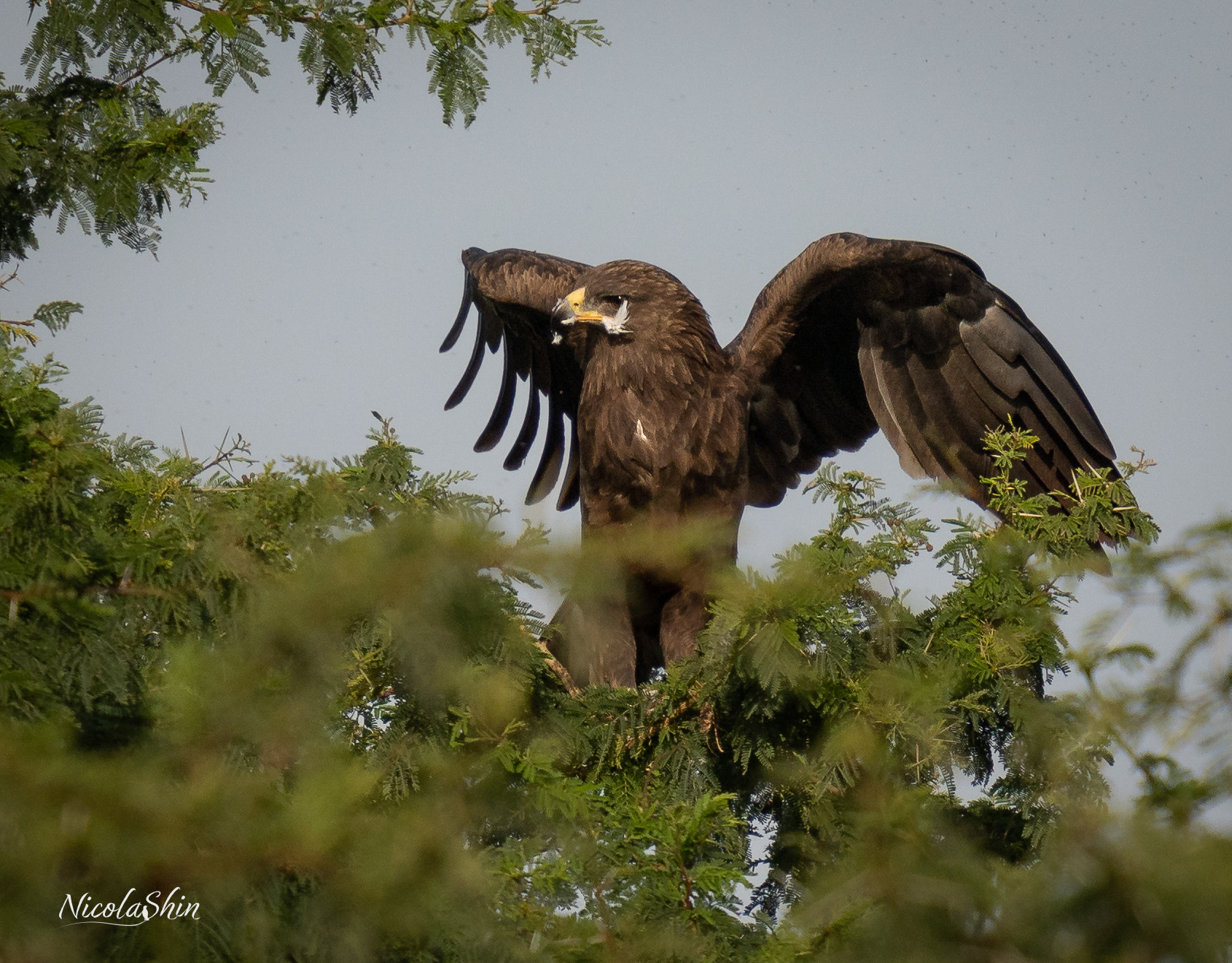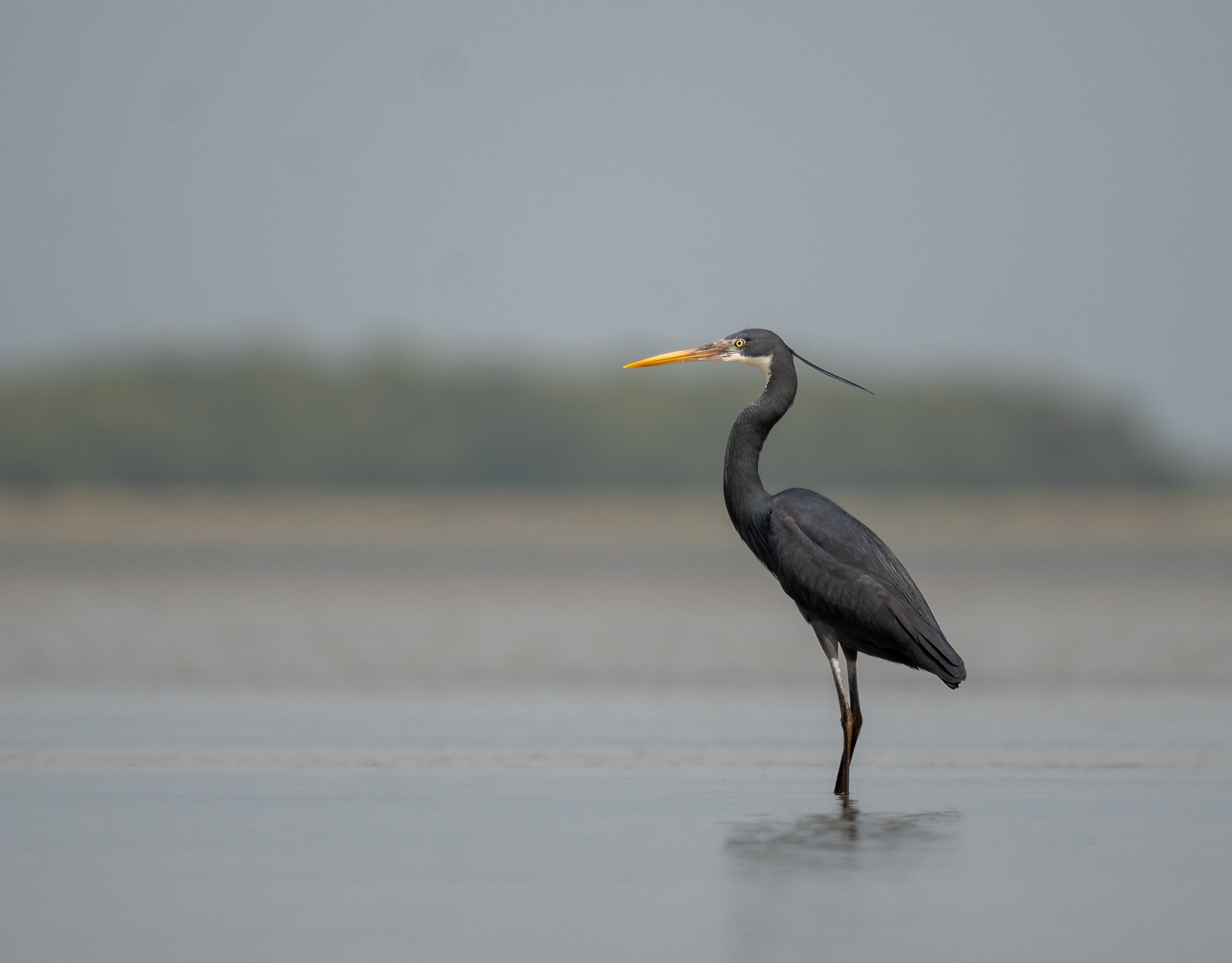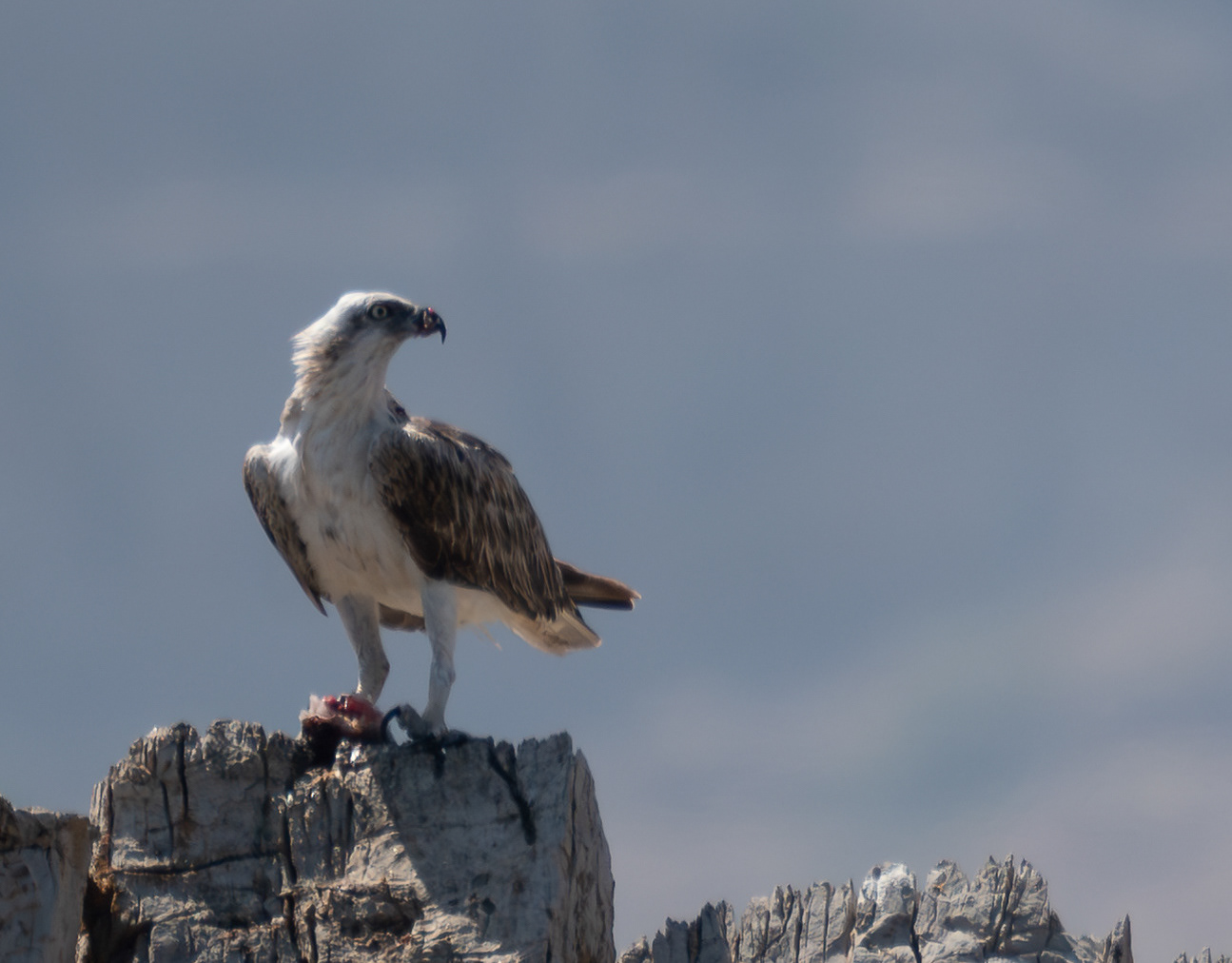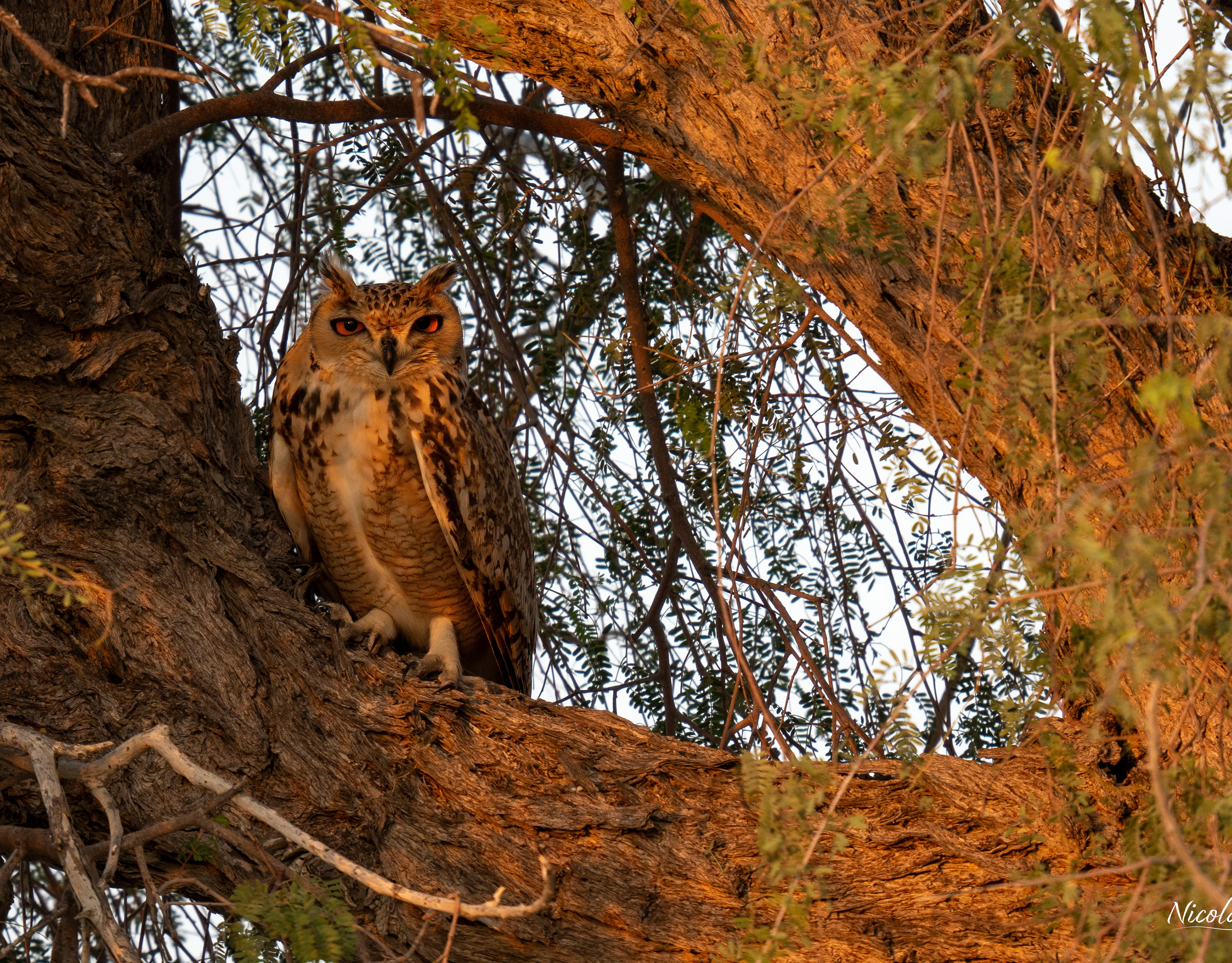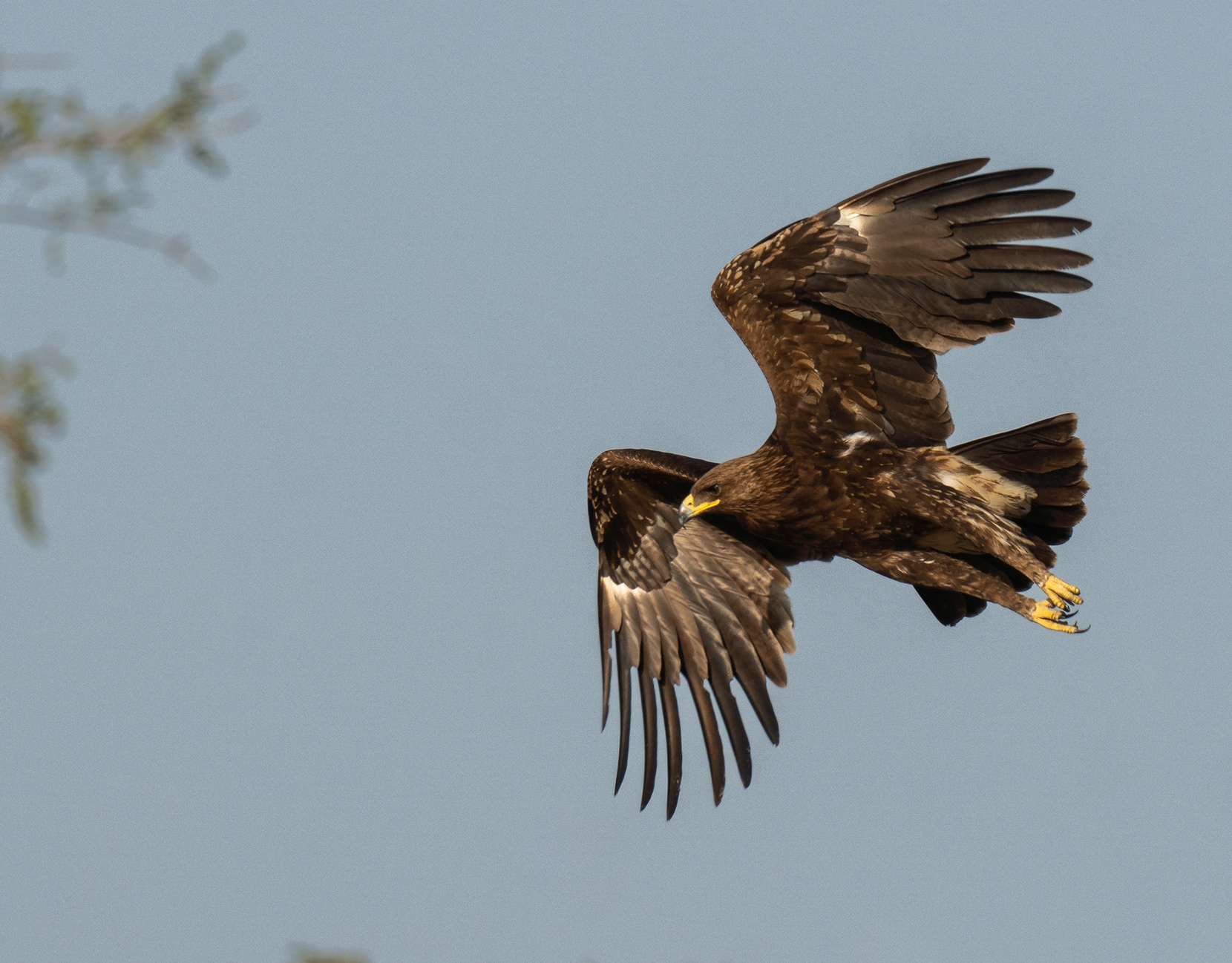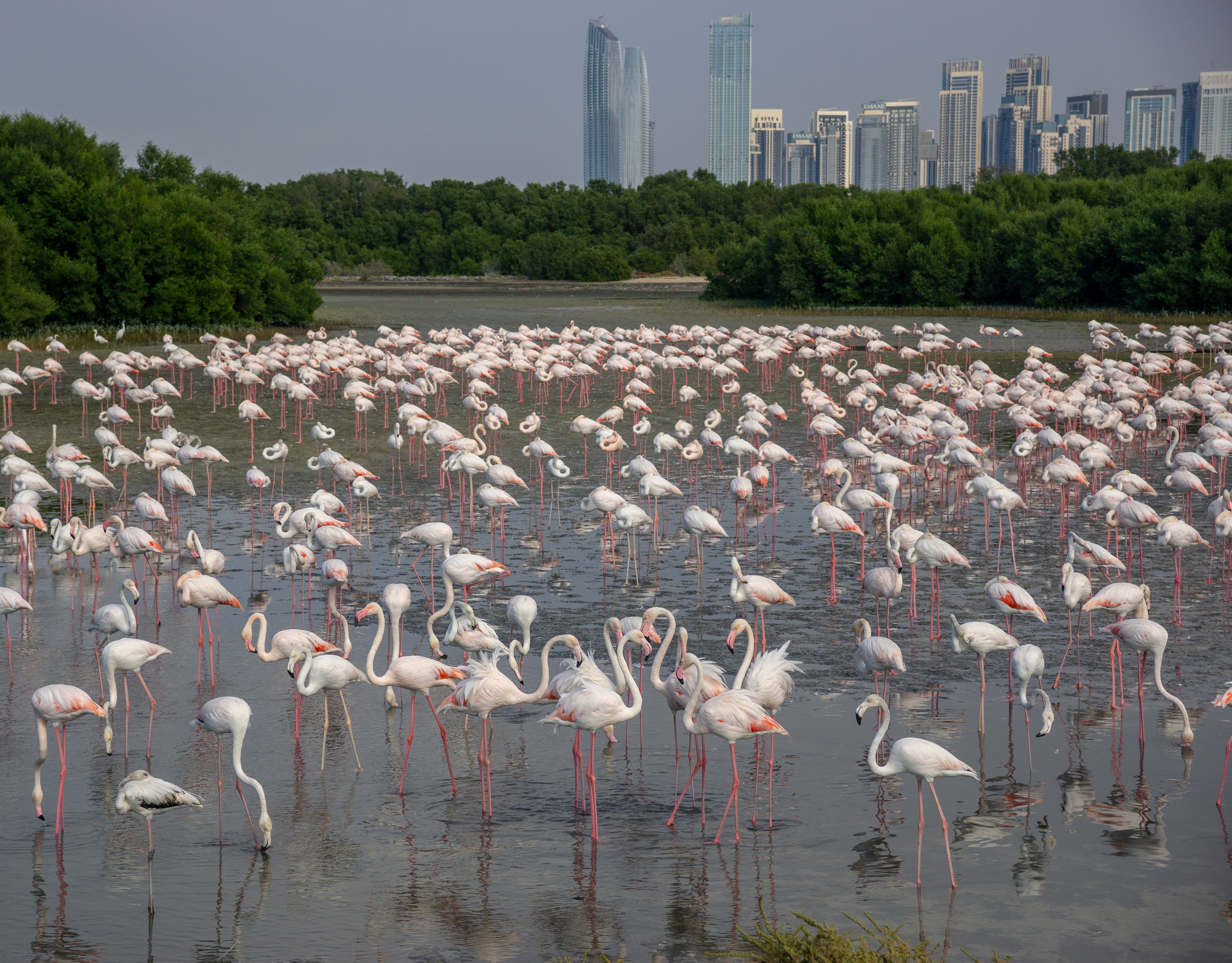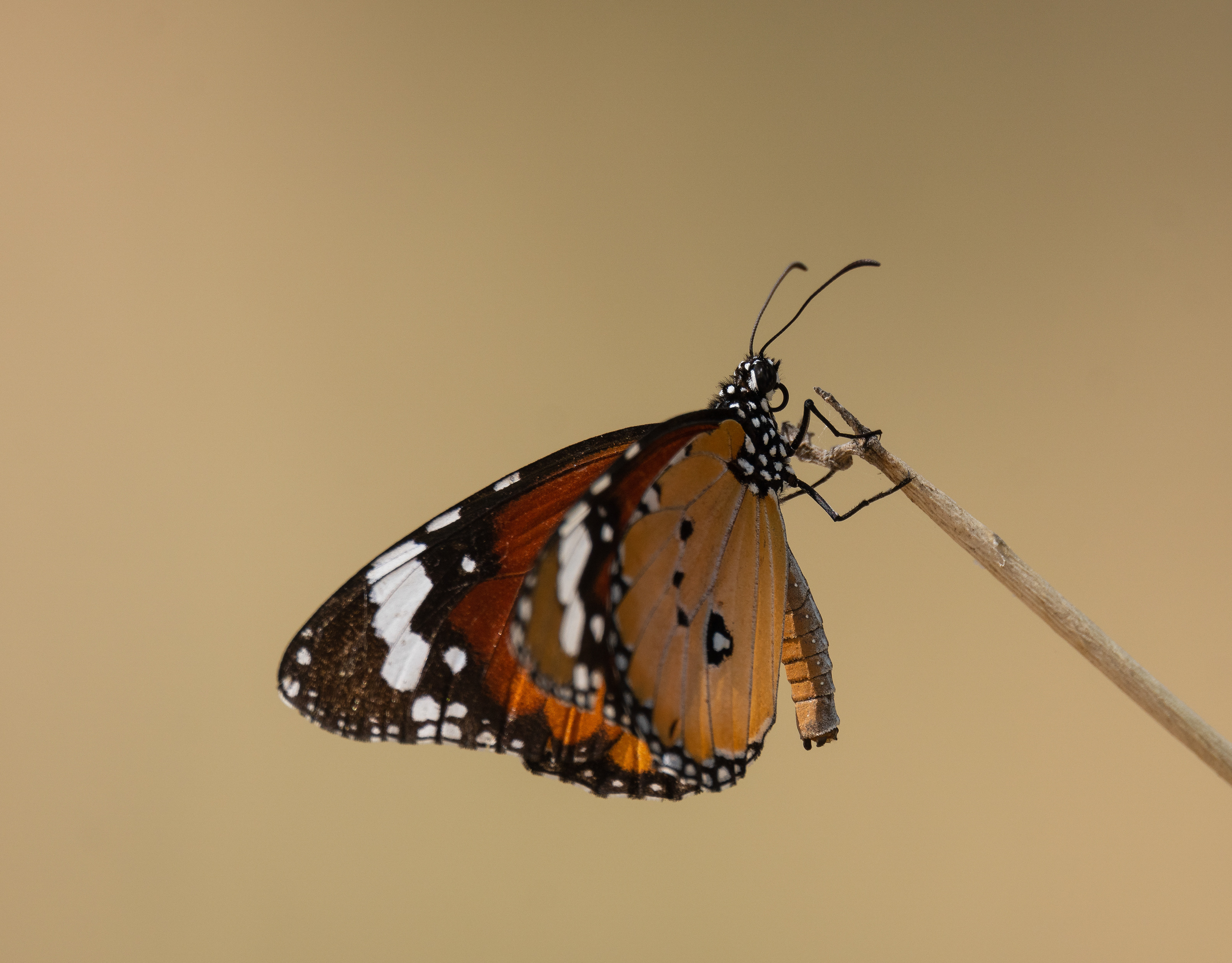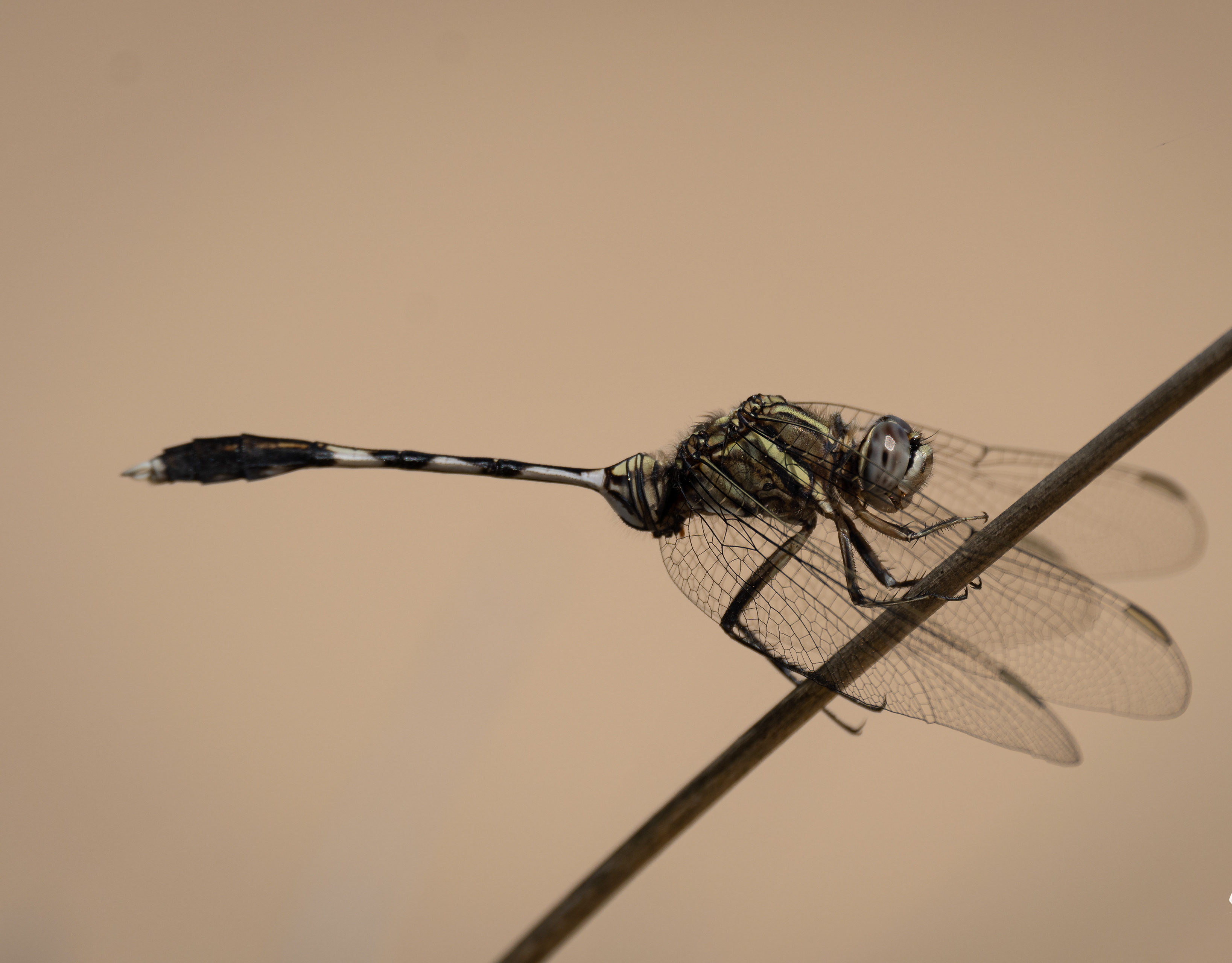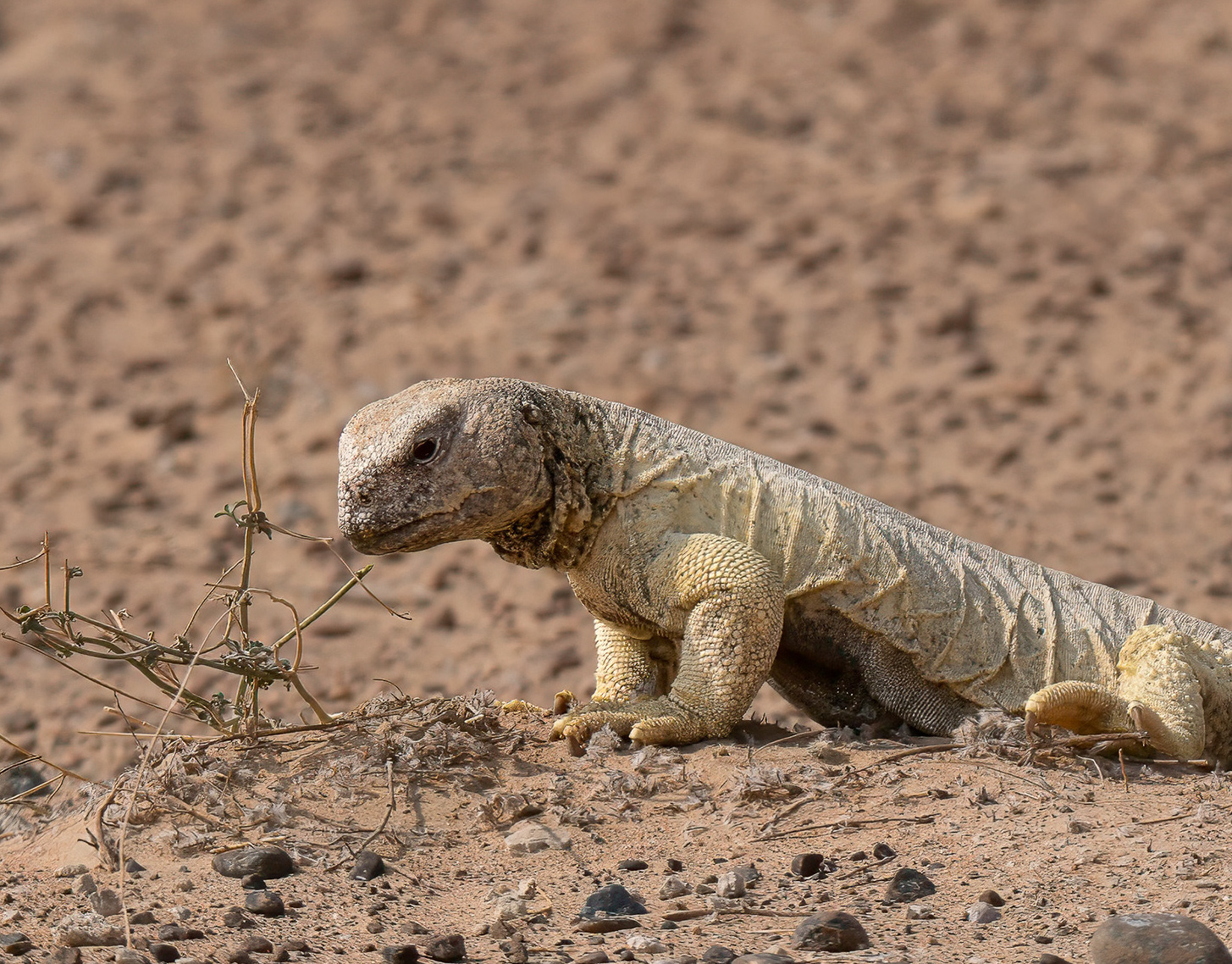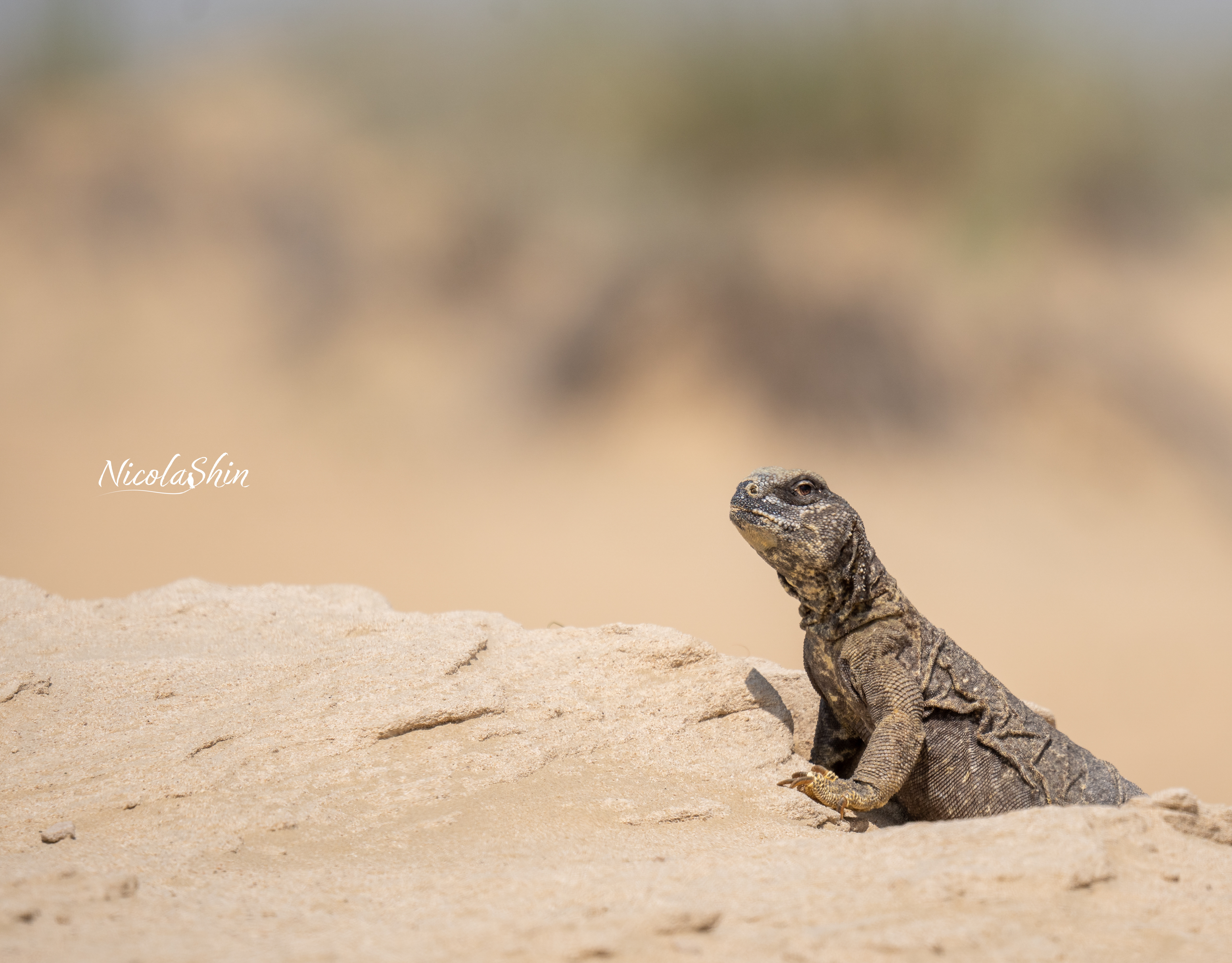June 2025:
The UAE isn’t just skyscrapers and sand dunes — it's also home to some fascinating (and slightly terrifying) creatures that pack a toxic punch. Whether you’re trekking through the desert or snorkeling off the coast, it pays to know who not to mess with. Here's a guide to five of the UAE’s most notorious venomous and poisonous animals and how to avoid becoming a cautionary tale.
Let’s get one thing straight: poisonous animals make you sick when you eat or touch them. Venomous ones inject their toxins directly into you — usually through a bite or sting. The UAE has both. Don’t worry — most of them would rather avoid you entirely.
1. The “Don’t Step on Me” Snakes
Main Culprits:
◉ Saw-scaled viper (Echis carinatus sochureki)
◉ Arabian horned viper (Cerastes gasperettii)
◉ Oman carpet viper (Echis omanensis)
Toxic Threat: Venomous fangs
Where: Desert and wadis
◉ Saw-scaled viper (Echis carinatus sochureki)
◉ Arabian horned viper (Cerastes gasperettii)
◉ Oman carpet viper (Echis omanensis)
Toxic Threat: Venomous fangs
Where: Desert and wadis
These stealthy snakes are nocturnal and extremely well camouflaged. The saw-scaled viper, one of the most dangerous, makes a chilling rasping sound by rubbing its scales together. Its venom contains hemotoxins that disrupt blood clotting and damage tissue, potentially leading to internal bleeding and kidney failure if untreated. The Arabian horned viper, with its iconic “horns” above the eyes, relies on cytotoxins to destroy cells and tissue around the bite.
Luckily, fatalities are rare with medical help, but desert explorers should watch where they walk — and never put hands or feet into holes or under rocks.
Arabian Horned Viper

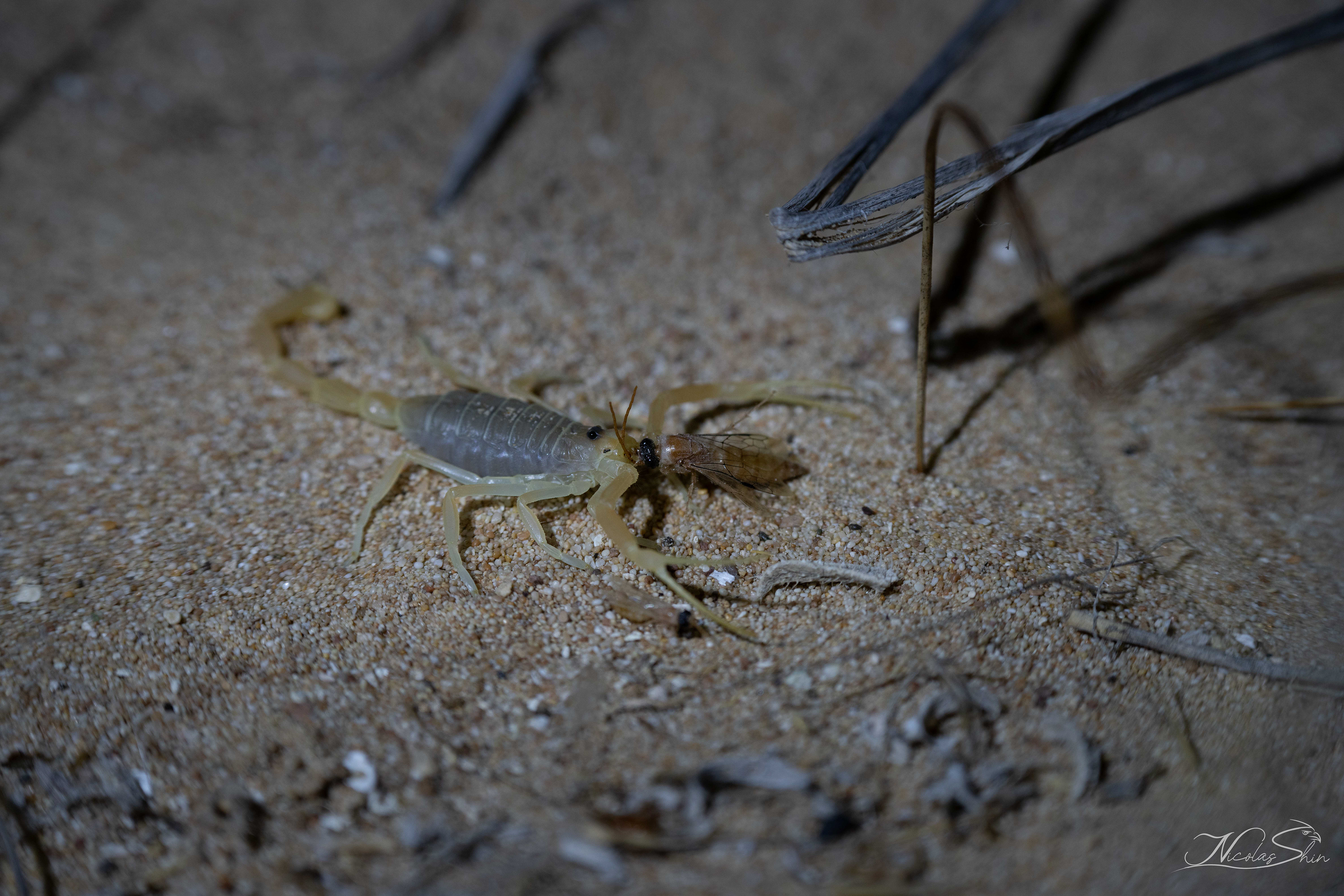
2. Scorpion Surprise: Why You Shouldn’t Leave Your Shoes Outside
Main Culprits:
◉ Deathstalker (Leiurus quinquestriatus)
◉ Fat-tailed scorpion (Androctonus crassicauda)
Toxic Threat: Venomous stinger
◉ Deathstalker (Leiurus quinquestriatus)
◉ Fat-tailed scorpion (Androctonus crassicauda)
Toxic Threat: Venomous stinger
Where: Desert and wadis
Scorpions love warm, dark spaces — like the inside of your shoes left out overnight. The Deathstalker, found in desert areas of the UAE, carries neurotoxic venom that can cause intense pain, muscle twitching, and in some cases, seizures or respiratory issues. The fat-tailed scorpion, with its thick stinger, is even more aggressive and potent, particularly dangerous to children and the elderly.
Most stings are survivable with treatment, but let’s be honest — no one wants to start their day by dancing around on one foot while screaming. Pro tip: Shake your shoes before wearing them. Every time.
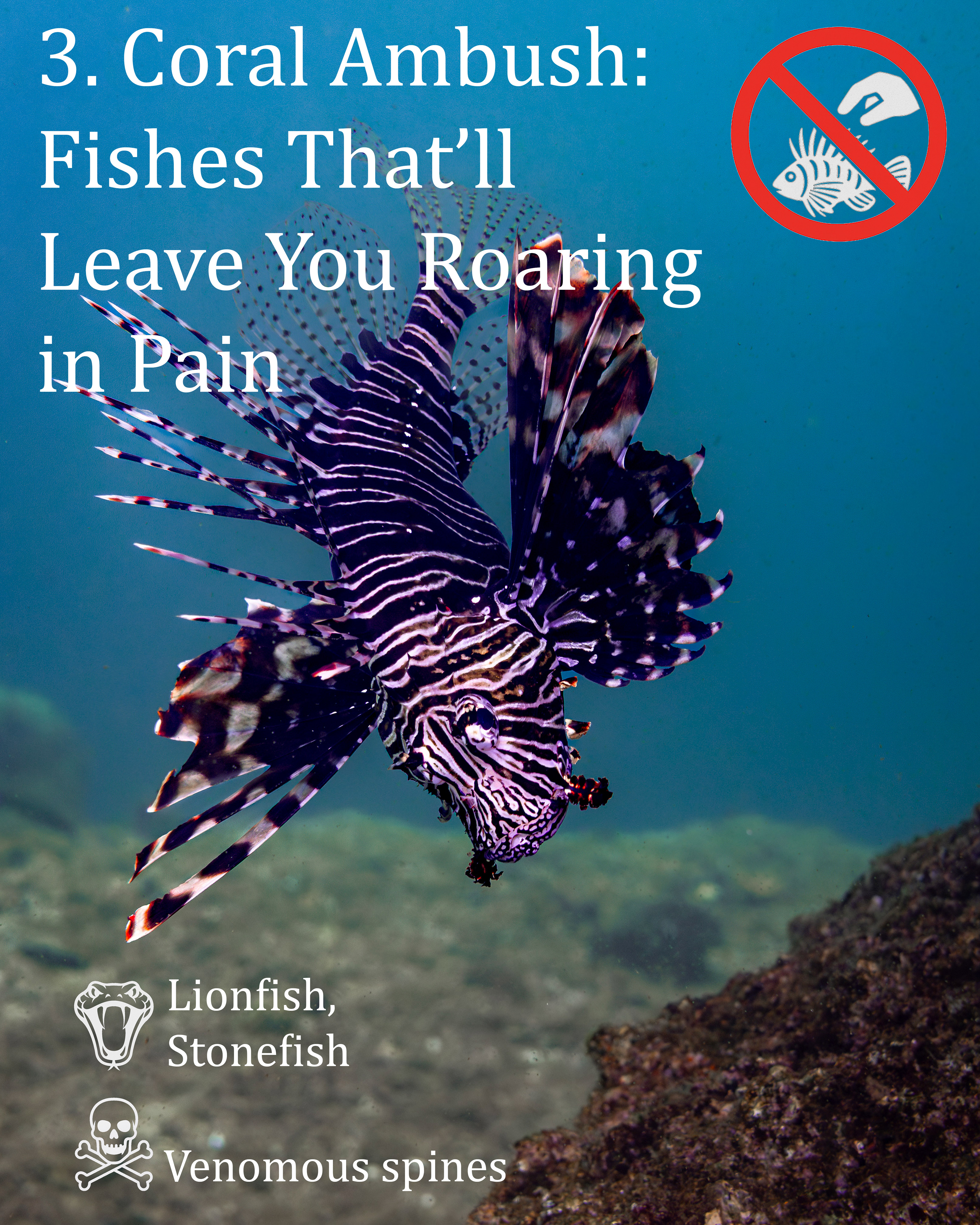
Lionfish
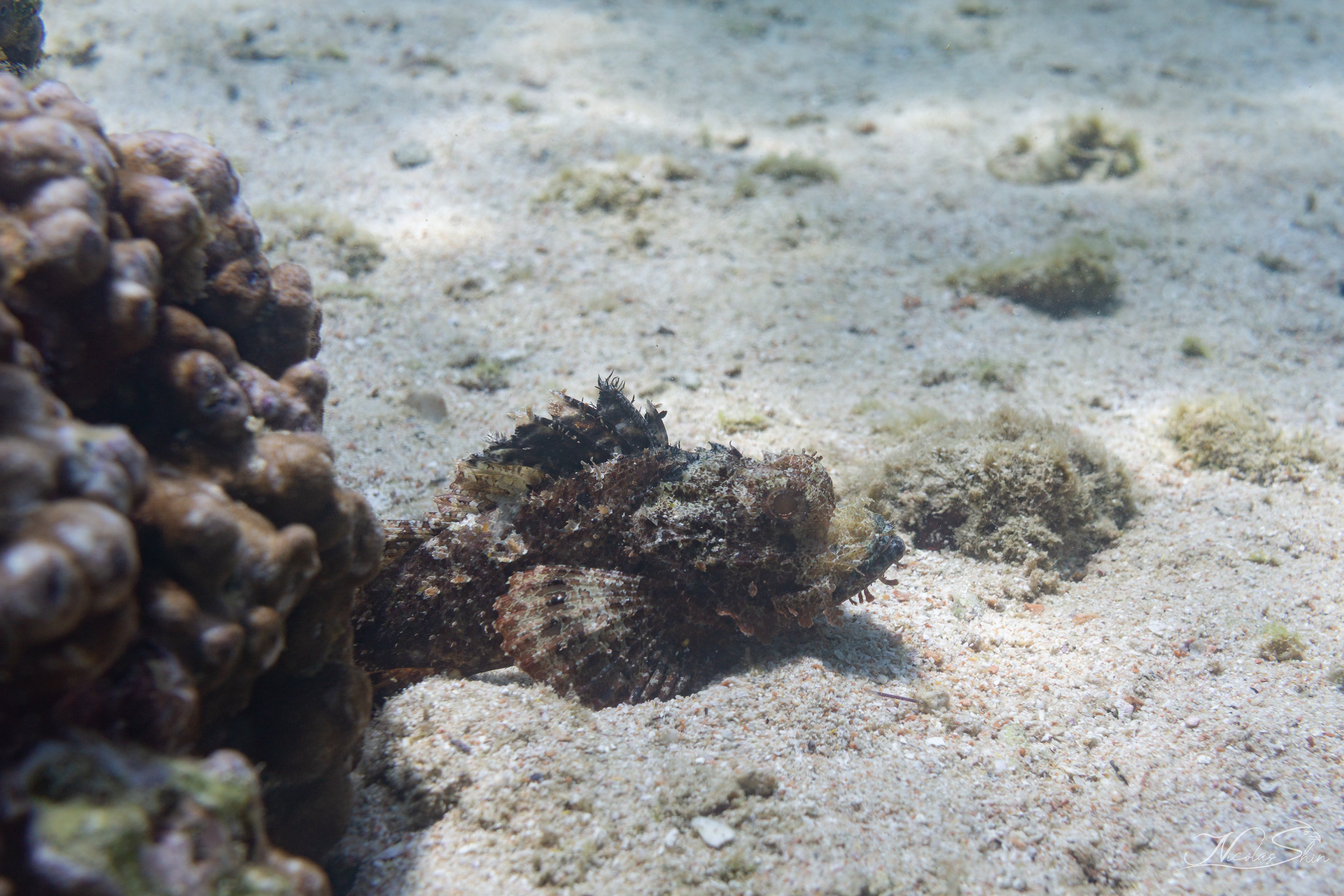
Stonefish
3. Coral Ambush: Fishes That’ll Leave You Roaring in Pain
Main Culprits:
◉ Pterois miles (Lionfish)
◉ Synanceia verrucosa (Stonefish)
Toxic Threat: Venomous spines
Where: Warm coastal waters, coral reefs, rocky shallows
◉ Pterois miles (Lionfish)
◉ Synanceia verrucosa (Stonefish)
Toxic Threat: Venomous spines
Where: Warm coastal waters, coral reefs, rocky shallows
Graceful and deadly, the lionfish is an invasive beauty with a mane of venomous spines. These spines deliver protein-based neurotoxins that cause excruciating pain, swelling, vomiting, and temporary paralysis — sometimes requiring hospitalization. The venom targets nerve endings, triggering the body’s pain response like a fire alarm going off in your bloodstream.
But if the lionfish is elegance with a sting, the stonefish is the reef’s ultimate trapdoor nightmare. Camouflaged to look like a rock or chunk of coral, it’s considered the most venomous fish in the world. Step on one and you’ll be injected with venom through 13 dorsal spines, which can cause agonizing pain, tissue death, muscle weakness, shock, and even death in rare cases if not treated.
Both species aren't aggressive, but stings often happen when divers or swimmers get too close or step on one by accident. The stonefish in particular is a master of disguise — and that’s what makes it so dangerous. Admire them from a distance… and leave the “lion taming” to professionals.

Pufferfish
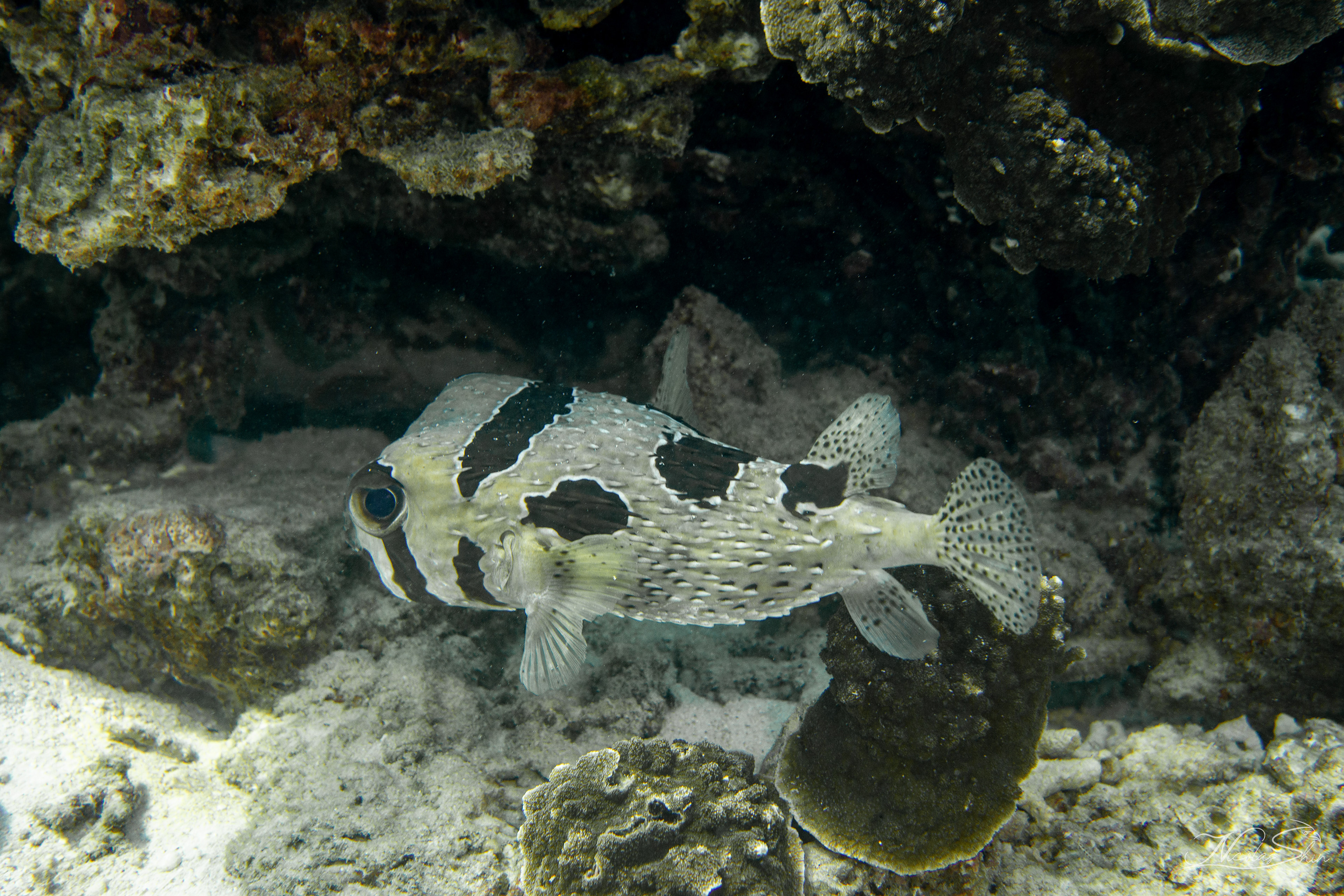
Porcupinefish
4. Sushi Roulette: The Pufferfish and Its Spiky Cousin
Main Culprits:
◉ Pufferfish (Tetraodontidae)
◉ Porcupinefish (Diodontidae)
Toxic Threat: Flesh laced with tetrodotoxin
Where: Shallow reefs and lagoons
◉ Pufferfish (Tetraodontidae)
◉ Porcupinefish (Diodontidae)
Toxic Threat: Flesh laced with tetrodotoxin
Where: Shallow reefs and lagoons
Don’t be fooled by their goofy faces — pufferfish can contain tetrodotoxin, a powerful neurotoxin that’s 1,200 times more toxic than cyanide. Even a small amount can cause paralysis, respiratory failure, and death. The toxin blocks sodium channels in nerves and muscles, shutting your body down while you remain fully conscious.There is no known antidote, and treatment is limited to respiratory support until the toxin wears off.
In Japan, fugu sushi chefs are specially trained and licensed to serve pufferfish safely. Fugu belongs to the same Tetraodontidae family but is not found in UAE waters. That said, several related species are, and consuming them — even accidentally — can be fatal. Let’s stick to photographing them, not eating them.
5. The Pretty Shell You Shouldn’t Pick Up
Main Culprits: Cone Snail (Conus spp.)
Toxic Threat: Venomous harpoon tooth
Where: Tidal pools, shallow waters, under rocks
Toxic Threat: Venomous harpoon tooth
Where: Tidal pools, shallow waters, under rocks
It looks like a collectible shell… until it stabs you.
Cone snails may be slow, but they’re equipped with a lightning-fast weapon: a tiny, hollow harpoon tooth that launches from their mouth like a dart. Inside? A cocktail of conotoxins — small, specialized peptides that target your nervous system with surgical precision. The most dangerous species, like the geography cone (Conus geographus), can inject enough venom to kill a human in minutes.
The toxins block ion channels and nerve receptors, leading to numbness, paralysis, difficulty breathing, and in severe cases, death by respiratory failure. Alarmingly, the sting is often painless at first, so symptoms may only appear when it's too late. There is no antivenom, and treatment is limited to keeping the person alive until the toxin wears off.
At least 30 human deaths have been attributed to cone snail stings globally.
Avoid collecting shells unless you're absolutely sure what they are.
Cone Snail
Bonus: What to Do If You’re Bitten or Stung
❌Don’t panic. Most bites/stings aren’t fatal, but they need attention fast.
❌Don’t suck the venom, cut the wound, or try desert survival tricks from the movies.
✅Seek medical help immediately — call 998 (ambulance) in the UAE.
✅Take a photo of the animal if you can do so safely — it helps the doctors.
❌Don’t suck the venom, cut the wound, or try desert survival tricks from the movies.
✅Seek medical help immediately — call 998 (ambulance) in the UAE.
✅Take a photo of the animal if you can do so safely — it helps the doctors.
Living (or traveling) in the UAE means sharing space with some incredible wildlife. Most of these animals want nothing to do with you — so respect their space, keep your eyes open, and enjoy the thrill of knowing the desert and sea are very much alive.


